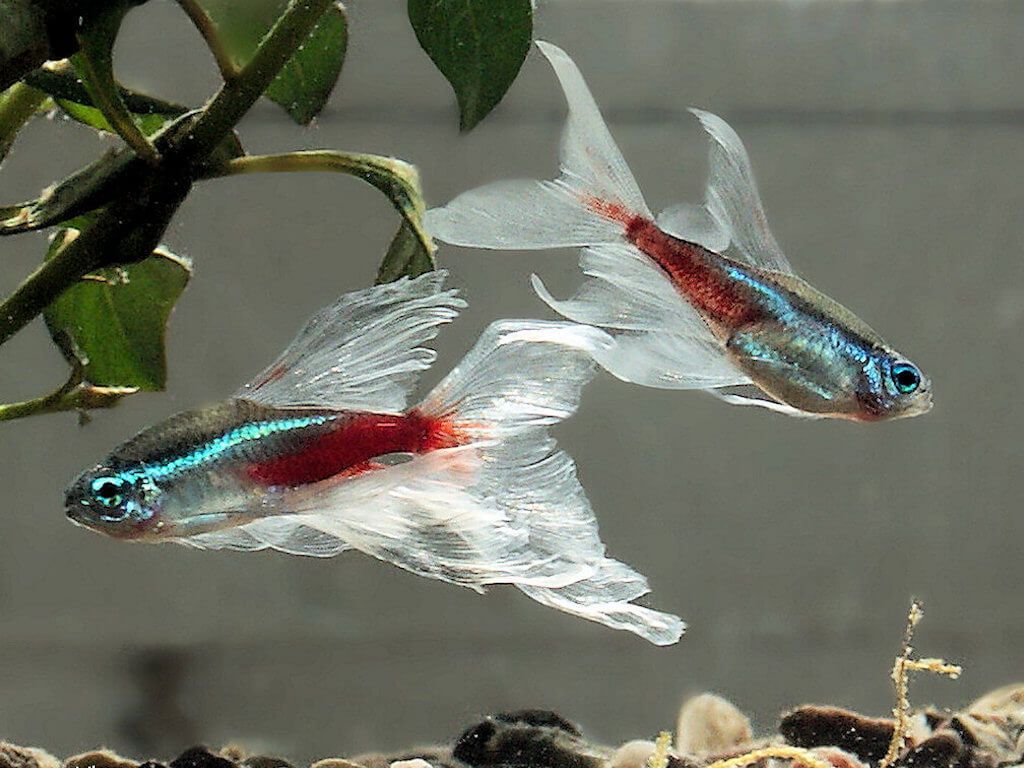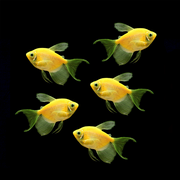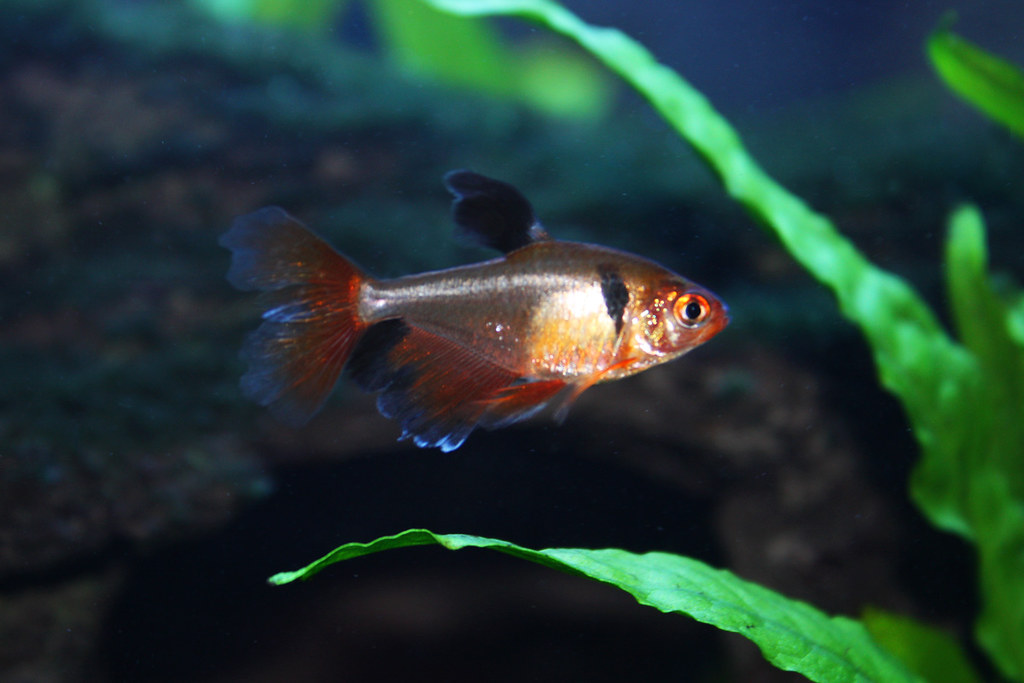

A larger tank will create more swimming space while also making it easier to maintain water conditions.

These little creatures are peaceful, but they can also be very active. That said, more space is never a bad thing. That should be enough to keep a smaller group of three fish. We recommend a tank size of at least 15 gallons when keeping these fish.

The first thing to consider? The size of your tank!ĭiamond tetras are on the smaller end of the size spectrum when it comes to freshwater fish.
#Long fin tetra full#
These freshwater fish are surprisingly resilient, which makes them great options for beginners and novice aquarists alike.īut as always, there are some important care guidelines to follow if you want to help your fish thrive and reach their full potential! Once you become familiar with their requirements, owning them will be a piece of cake. Diamond Tetra Careįor the most part, diamond tetra care is fairly straightforward. While hardy, diamond tetras still need a well-maintained environment and top-notch diet to stave off disease and stay healthy. However, there are never any guarantees when it comes to the lifespan of a fish (as you probably know).Īuthor Note: The quality of care you provide will have a big impact on the lifespan of these freshwater fish. The average diamond tetra lifespan is anywhere between three and six years in captivity. They look like tiny glimmering torpedoes shooting around the tank. We think this size makes them even more fun to spectate. That makes them quite small and easy to manage even if you don’t have space for a larger aquarium. The average diamond tetra size is about 2 to 2.4 inches in length for adults. It really adds to their overall beauty! Average Diamond Tetra Size The eyes feature a subtle splash of red on the upper half, creating a unique accent.Īuthor Note: While this might not seem like much, it really stands out (even when these fish are swimming around). One final noteworthy characteristic of the diamond tetra is the eyes. As a result, this species has relatively clear-cut sexual dimorphism, which comes in handy during the breeding season. Meanwhile, males have long and pointed fins that are easy to identify. The dorsal fin is deserving of some special attention, too.įor females, the dorsal fin is quite short. Like other tetra species, the diamond tetra has a lengthy anal fin. The fins are usually semi-transparent and have a subtle violent tone. However, the scales have an iridescent shimmer than can flash colors of orange, blue, green, and gold! The iridescent finish gets more vibrant as the fish ages, reaching its pinnacle once the fish matures. The fish gets its common name from the gorgeous finish of its scales. It’s a bit larger than most tetras, but it still features the same laterally compressed body. The diamond tetra is one of the stockier types of tetras out there. It’s a common sight in the pet trade and continues to be a favorite among fish-lovers around the globe. Like other fish from this region, the diamond tetra does very well in captivity. These fish are typically found in the Rio Bue, Rio Tiquiriti, and Lake Valencia. Originally from inland bodies of water in South America, the diamond tetra prefers to live in shallow and slow-moving tributaries.

Whatever you choose to call it, there’s no denying this freshwater fish’s beauty. It’s sometimes called the diamond characin, or the timanttitetra. The diamond tetra (scientific name: Moenkhausia pittieri) is an eye-catching species that goes by many other names.


 0 kommentar(er)
0 kommentar(er)
